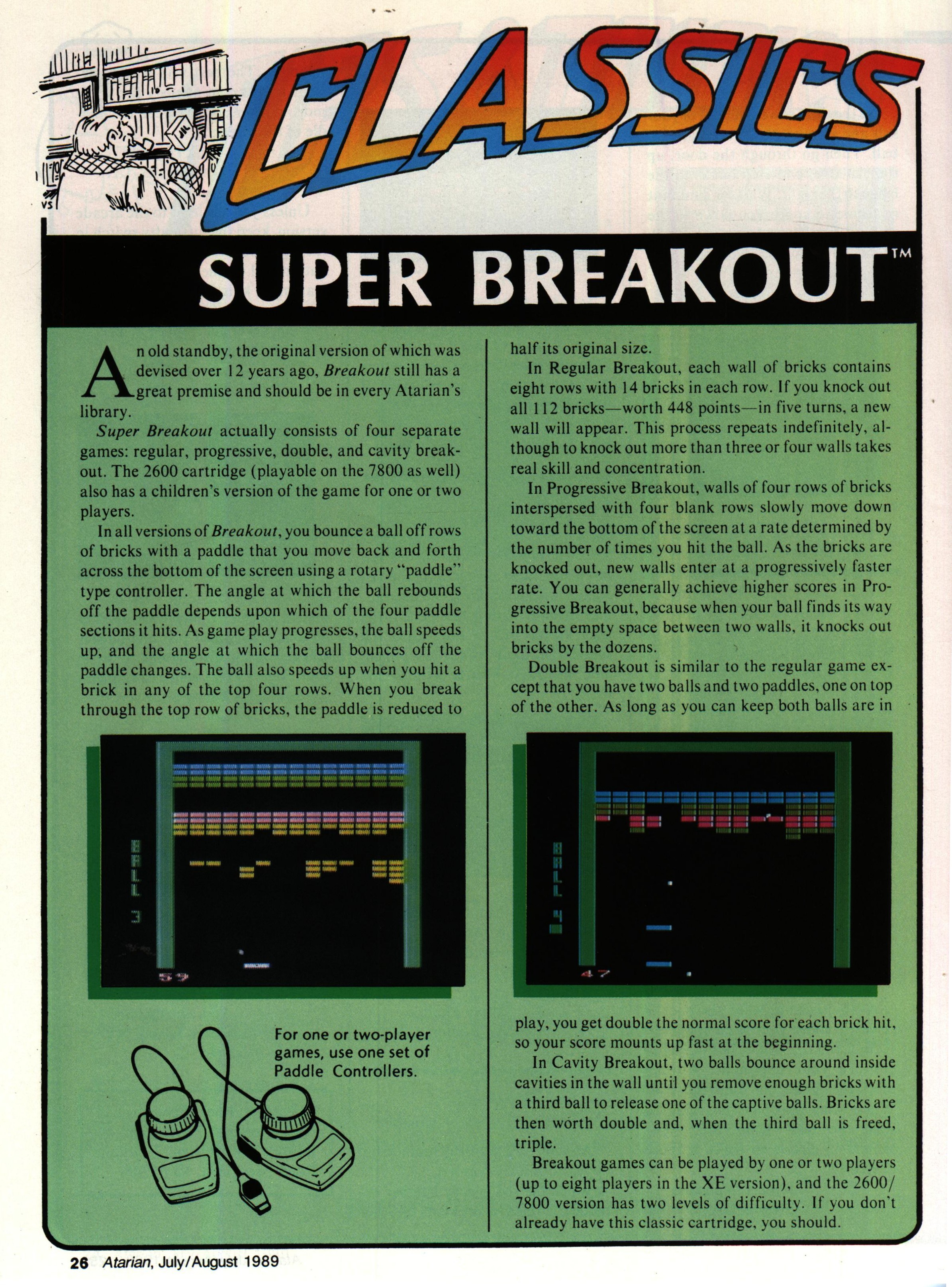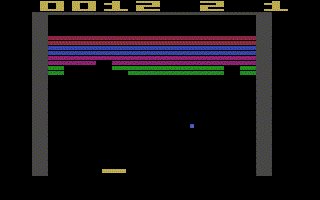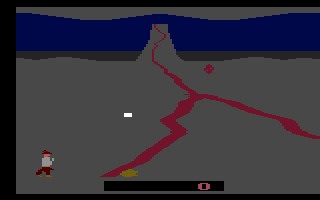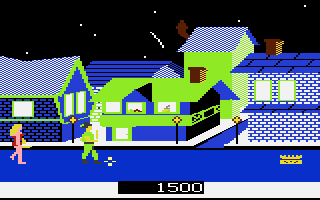Source: ANALOG Computing – July 1986
ANALOG computing was probably the best Atari 8-bit computer magazine published in the U.S. (though I suppose some might make an argument for Antic). They dabbled in Atari ST coverage when it came along but for the most part they stuck with 8-bit coverage. The July 1986 issue includes:
Features
- The 810 Flip Switch – It was common practice to punch a hole (really a notch) in the side of a floppy disk in order to make it useable as a double-sided disk. The instructions here are to build a switch for the Atari 810 disk drive that accomplishes the same thing without having to clip your disk.
- RAMcopy! – A type-in program that will automatically copy specified files to a RAMdisk upon startup.
- An interview with Russell Smith and Wayne Smith – An interview with the people behind the ATR-8000, an Atari 8-bit expansion that adds CP/M capability.
- The 8-Bit Parallel Interface – Instructions for building a parallel interface for Atari 8-bits.
- D:CHECK in Action! – A type-in program designed to correctly typing errors in the Action! development system.
- Cassette LogWriter – A type-in program for printing labels/inserts for Cassettes.
- Bits & Pieces – Part of a series on Atari hardware. This part focuses on using the joystick ports to control external devices.
- ST-Log – An insert for the Atari ST. Included are a type-in program for creating function key templates, a program that helps you use fractions instead of decimals in LOGO, reviews o Personal Pascal, Easy Draw and Typing Tutor, a guide to ST software, a column on keyboard and disk I/O in C, and more.
- Personal Robots – Robots that can be used with Atari computers.
- Arm your Atari – Using the Armatron robotic arm with an Atari 8-bit computer.
- Blast! – A type-in sci-fi themed shoot-em-up game.
Reviews
- Panak Strikes! – Reviews of various games including Spy vs. Spy Volume II: The Island Caper (First Star Software), The Mask of the Sun (Broderbund), and Ankh (Datamost).
- Critical Connection – A software/hardware combo designed to allow you to use CP/M devices wth your Atari.
- RAM Upgrade Kits – Reviews of RAM upgrade kits including the 256K XL RAM Upgrade Kit and the ICD Rambo XL Upgrade Kit (also 256K).
Columns
- Editorial – Recent updates to the magazine.
- Reader Comment – Letters from readers about the Gemini SG-10 printer, Atari ST monitors, sound capabilities of the Atari ST, and more.
- 8-Bit News – Super BoulderDash released along with a re-release of the original, Microflyte ATC joystick released made especially for Flight Simulator, Star Fleet I released, new Atari 8-bit hardware announced, and more.
- BASIC Editor – A new type-in program designed to help you accurately type-in BASIC listings from ANALOG.
- The End User – Financial Cookbook from Electronic Arts for the Atari ST, a real-time clock add-on for the Atari ST, a new Supra hard drive for the Atari ST, CHAT – a new telecommunications software package for the Atari ST, and more.
- Boot Camp – Graphics programming in machine language.

…and more!







